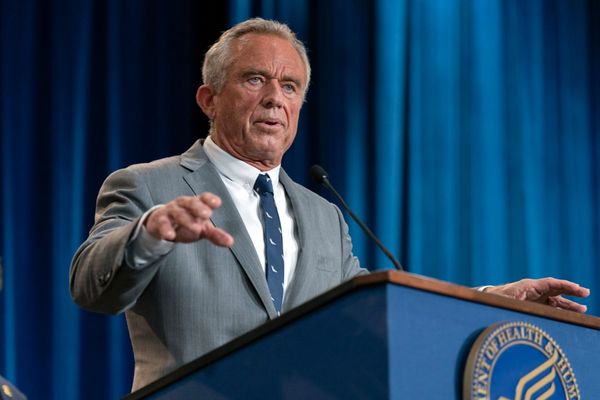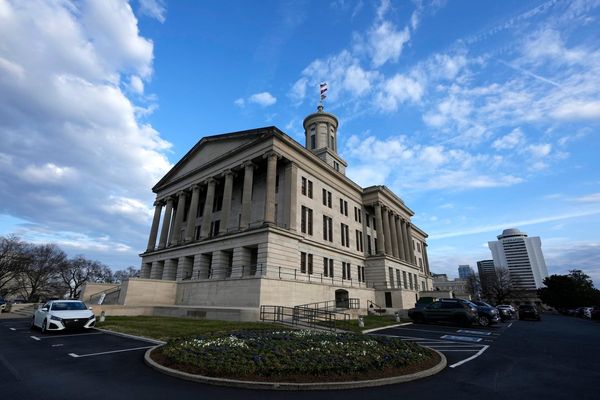COVID-19 is no longer a global health emergency, World Health Organization director-general Tedros Adhanom Ghebreyesus declared Friday.
The big picture: It's been more than three years since the WHO first declared the coronavirus outbreak a public health emergency of international concern — the global body's highest alert level. Since then, there have been more than 765 million confirmed COVID-19 cases and nearly 7 million people have died of the virus.
- Tedros said Friday that the pandemic has been "on a downward trend" for more than a year, "allowing most countries to return to life as we knew it before" the virus devasted the world.
- The WHO's International Health Regulations Emergency Committee on Thursday recommended Tedros end the global health emergency.
- The committee cited decreasing coronavirus-related deaths and the decline in COVID-19-related hospitalizations and intensive care unit admissions, as well as the growing number of people worldwide who have been vaccinated.
What he's saying: While the global health emergency is over, Tedros stressed Friday that it "does not mean COVID-19 is over as a global health threat."
- "Last week, COVID-19 claimed a life every three minutes – and that’s just the deaths we know about," he said at a press conference.
- "This virus is here to stay. It is still killing, and it’s still changing. The risk remains of new variants emerging that cause new surges in cases and deaths."
Between the lines: Many countries do not rely on the WHO declaration alone for policy planning, and have put in place — or in some cases, already ended — their own pandemic-related health emergencies based on real-time, ground-level data on case counts and population immunity.
- The U.S. is set to end its public health emergency on May 11.
The bottom line: "COVID has changed the world, and it has changed us. And that's the way it should be," Tedros said.
- "If we go back to how things were before COVID-19, we will have failed to learn our lessons, and failed our future generations."
Go deeper: What goes — and what doesn't — with the end of the public health emergency
Editor's note: This story has been updated with additional details throughout.







